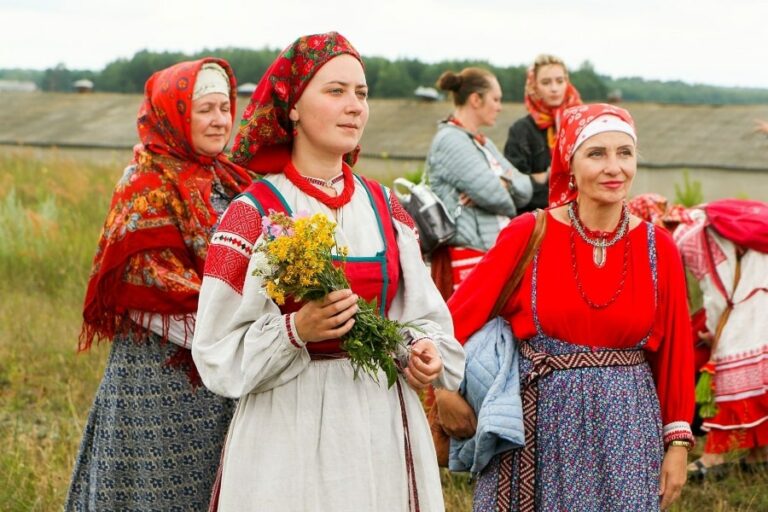Introduction: The influence of geography and history on Russian cuisine
Russian cuisine is an amalgamation of diverse flavors, textures, and ingredients that have been shaped by Russia’s vast geography and complex history. The country’s expansive territory spans across two continents, encompasses numerous climatic zones, and is home to diverse ethnic groups with distinct culinary traditions. Additionally, Russia’s tumultuous past, marked by invasions, wars, and revolutions, has also left an indelible imprint on its cuisine. As a result, Russian cuisine is a fascinating blend of indigenous dishes, borrowed recipes, and cultural influences that reflect the country’s rich and varied heritage.
The impact of Russia’s diverse climates on cuisine
Russia’s vast geography, which spans across the Arctic tundra, the Siberian taiga, the steppes, and the Black Sea coast, has a significant impact on its cuisine. The country’s harsh climate and long winters have historically made it challenging to cultivate crops and raise livestock. Therefore, traditional Russian cuisine has always relied heavily on preserved foods, such as pickles, smoked fish, and cured meats. Furthermore, the country’s diverse climatic regions have also led to the development of distinct regional cuisines. For example, the cuisine of the Russian Far East is heavily influenced by Asian flavors and ingredients, while the food of the Arctic regions is centered around fish and reindeer meat.
Traditional Russian cuisine: A blend of East and West
Russian cuisine is an eclectic mix of indigenous recipes and influences from neighboring countries. Historically, Russian cuisine was heavily influenced by the cuisine of the Byzantine Empire, which was introduced to Russia through Orthodox Christianity. Additionally, the Mongol invasion of the 13th century brought Central Asian and Middle Eastern flavors and ingredients to Russia. Over time, these influences were combined with traditional Russian ingredients, such as grains, root vegetables, and berries, to create a distinct cuisine that is both hearty and flavorful. Some classic Russian dishes include borscht (beet soup), pelmeni (dumplings), and blini (pancakes).
The Mongol invasion and its impact on Russian cuisine
The Mongol invasion of Russia in the 13th century had a profound impact on the country’s cuisine. The Mongols introduced new ingredients, spices, and cooking techniques to Russia, many of which are still used today. For example, the Mongols introduced the concept of cooking meat on skewers, which evolved into the famous Russian dish shashlik. Additionally, the Mongols introduced spices such as saffron, cinnamon, and cloves, which were used to flavor meat and vegetable dishes. Furthermore, they also brought with them Central Asian ingredients such as rice, almonds, and raisins, which were incorporated into Russian cuisine.
The Soviet era and its influence on Russian cuisine
The Soviet era had a significant impact on Russian cuisine, as it marked a period of rapid industrialization and modernization. The Soviet government promoted a communal approach to food production and distribution, which led to the standardization of many traditional dishes. Additionally, the Soviet government also encouraged the consumption of new and modern foods, such as processed meats and canned goods. As a result, many traditional recipes were lost, and Russian cuisine became more homogenized.
Modern Russian cuisine: A fusion of traditional and contemporary influences
In recent years, Russian cuisine has undergone a revival, with chefs and food enthusiasts re-discovering traditional recipes and ingredients. Modern Russian cuisine is a fusion of traditional and contemporary influences, with chefs experimenting with new flavors, techniques, and presentations. Many modern Russian restaurants are also incorporating international ingredients and cooking techniques, further enriching the country’s culinary landscape. As a result, Russian cuisine is once again becoming a source of pride for many Russians, as they celebrate their country’s rich culinary heritage.

